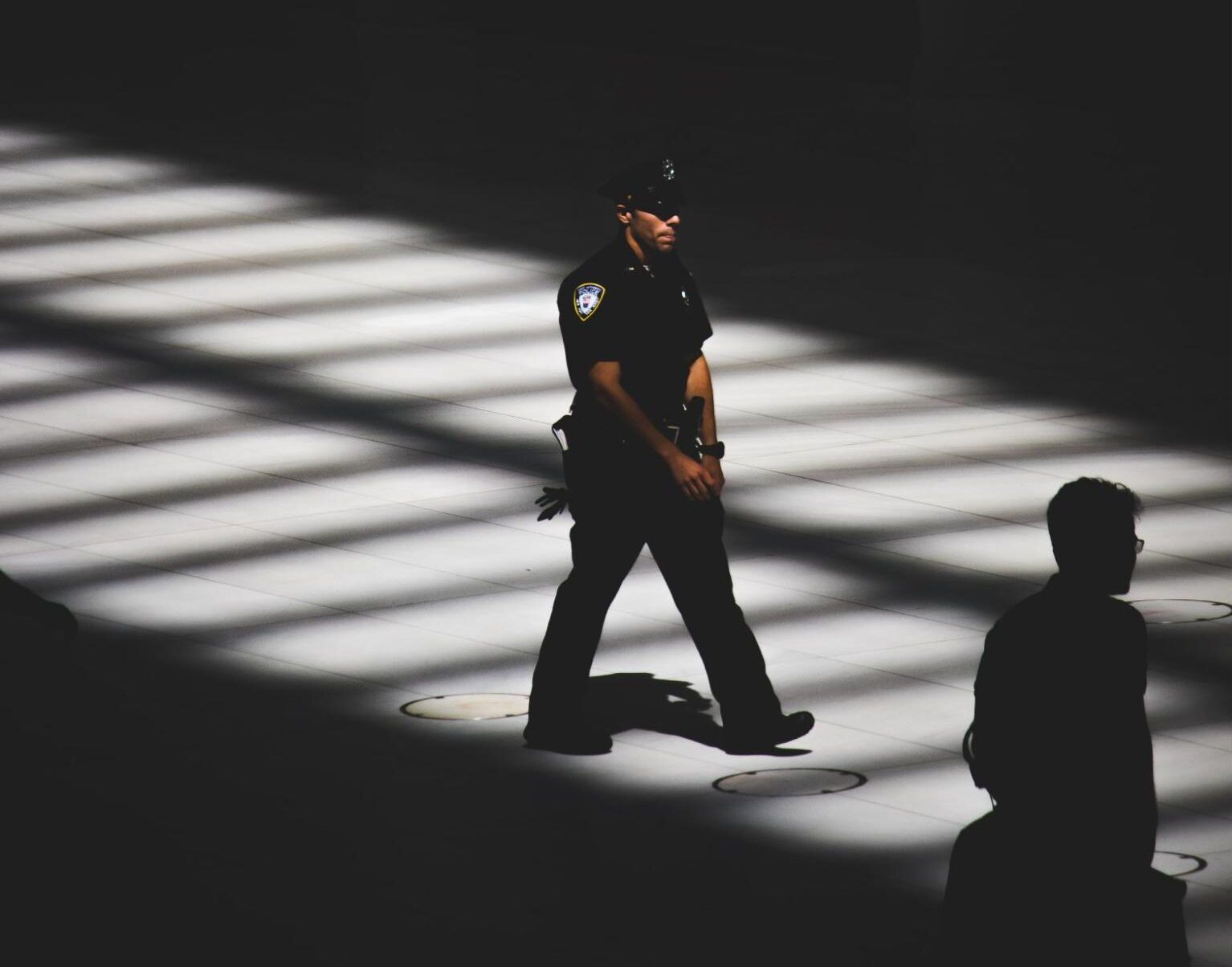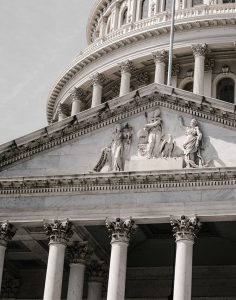You may have heard the term “blue-collar crime†and wondered what it means. Or, maybe you wonder where the term came from in the first place. Blue-collar crimes are ever-present, and understanding what they are is helpful. This article will dive deeper into the meaning and origins of blue-collar crime.
What is Blue-Collar Crime?
To begin, what does blue-collar mean? Investopedia says, “The term blue-collar refers to a classification of people, especially those in the workforce. Blue-collar workers are considered the working class. They typically work in manual labor and are compensated by the hour or through piecework. The term was adopted because of the darker-colored clothing these workers wore.â€
So, what is a blue-collar crime? Because crime is such a broad term, there are terms for distinctive types of crimes. This is where blue-collar and white-collar crimes come into play. According to Notre Dame College, “​​blue-collar crime can refer to violent acts, such as murder, sexual assault, and armed robbery. It also includes non-violent crimes such as prostitution, illegal gambling, and more. Blue-collar crimes are often easier to detect, have a clear victim, and are without a doubt illegal to those observing the action.†This is all in contrast to white-collar crimes that are more difficult to detect and can victimize many people.
Where Did This Term Come From?

“Blue-collar†might seem like an odd term. The term blue-collar dates back to the 1920s. Investopedia explains, “Many of those in blue-collar or trade occupations who did taxing physical labor in varying temperatures (coal miners, masons, bricklayers, boilermakers, and welders) wore darker colors, which didn’t show dirt as readily. So it was not unusual to see them wearing boiler suits, chambray shirts, overalls, and jeans all in the color blue.â€
The label stuck as we still use the term blue-collar today. However, the meaning is shifting a little. In the past, “blue-collar†was almost a derogatory term. It usually referred to someone unskilled or uneducated. It was not a very flattering term for workers who did manual labor. Now, however, blue-collar workers often go through a lot of training through trade schools, apprenticeships, and similar programs. Blue-collar workers now are often highly skilled and highly educated.
Examples of Blue-Collar Crimes
Now that we have a good foundation on the history and definition of blue-collar, we can examine some examples of blue-collar crimes. As stated previously, blue-collar crimes often have a very clear victim and are easy to detect. They can be either violent or non-violent and are illegal to any onlooker.
Blue-collar crimes could include fraud, theft, assault, and drug crimes. Blue-collar crimes are becoming more difficult to detect or understand, so people must stay informed when it comes to these crimes.
Esplin | Weight Is Here to Help
If you find yourself facing an issue with the law, or just want to gain a better understanding of crime and the justice system, Esplin | Weight can help. We are always looking for ways to maximize the value of our legal services and we are dedicated to you and your goals as our client.






